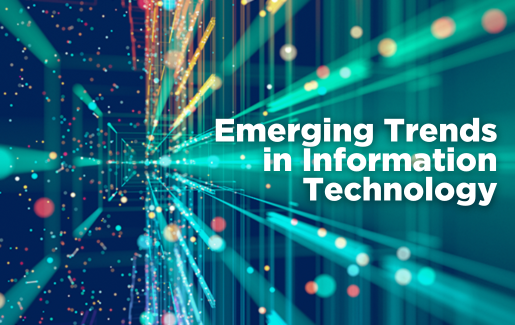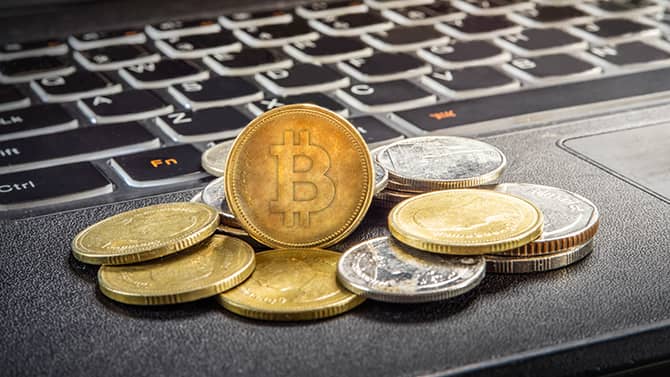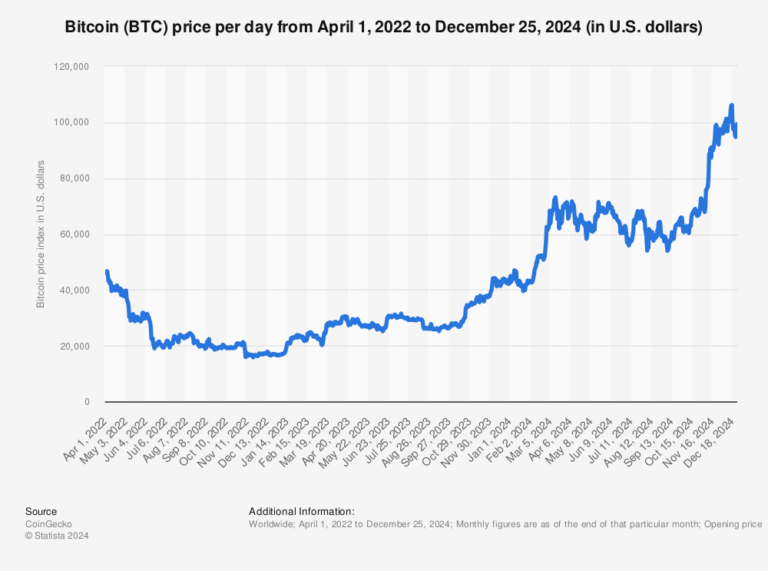Emerging Trends in Information Technology for 2024
As technology continues to evolve, new innovations emerge each year, offering fresh solutions to both business challenges and everyday problems. While some technologies quickly become outdated, others endure, paving the way for startups and industries to harness their power. Understanding which technologies are worth the investment can be tricky. This article explores the emerging tech trends that are expected to last well into the future, highlighting their practical applications for 2023 and beyond.
1. Artificial Intelligence (AI)
Artificial intelligence remains at the forefront of emerging technologies. While AI is already seen in applications like chatbots and Siri, more advanced versions are being developed for wider use.
Trend: The rise of Generative AI and an emphasis on explainable AI and ethics
Generative AI, like ChatGPT, is transforming how we interact with technology, enabling AI systems to generate human-like content based on prompts. This raises important ethical questions about identifying AI-generated content. Additionally, explainable AI is becoming crucial, where AI systems provide transparent reasoning for their decisions.
Use Cases:
- Faster customer service resolution
- Smarter marketing automation
- Code development and optimization
2. Internet of Things (IoT)
The Internet of Things connects devices like wearables and sensors, enhancing business operations.
Trend: Broader IoT adoption across industries with a focus on cybersecurity
As 5G networks expand, IoT devices are becoming more prevalent in diverse sectors. However, the rise of interconnected devices calls for stronger cybersecurity measures to prevent cyberattacks.
Use Cases:
- Autonomous transportation systems
- Energy-efficient buildings and environment monitoring
- Improved healthcare monitoring and patient outcomes
3. Machine Learning (ML)
Machine learning helps businesses derive insights from vast amounts of data, driving technological advancements.
Trend: Automated Machine Learning (AutoML)
AutoML is simplifying machine learning by automating tedious tasks like data cleansing, allowing non-technical users to leverage its benefits, and reducing the need for specialized expertise.
See Also:AnimatehdSite
Use Cases:
- Faster document classification
- Better data management accuracy
- Quick fraud detection
4. 5G Networks
5G technology provides faster speeds, more capacity, and reduced latency.
Trend: The shift to standalone 5G networks
Standalone 5G networks will offer improved coverage, lower latency, and the potential to power technologies like autonomous vehicles and robotics through cloud-based infrastructures.
Use Cases:
- Remote control of robotics and machinery
- Reliable internet access across diverse geographies
- Enhanced inventory management
5. Edge Computing
Edge computing processes data closer to its source, minimizing latency and enhancing performance.
Trend: Increasing edge computing applications across sectors like healthcare and manufacturing
With more connected devices generating vast amounts of data, edge computing is being adopted to process data locally, reducing delays and enhancing operational efficiency.
Use Cases:
- Faster data processing for IoT devices
- Real-time medical device monitoring
- Optimized content delivery networks (CDNs)
6. Blockchain
Blockchain is enhancing data security and providing a transparent history of transactions.
Trend: Broader blockchain adoption in supply chain management and financial services
Blockchain’s ability to provide immutable transaction histories is being leveraged to track goods in supply chains and streamline financial services, reducing operational risks.
Use Cases:
- Real-time supply chain tracking
- Intellectual property protection
- Secure peer-to-peer transactions
7. Spatial Computing
Spatial computing is revolutionizing how we interact with digital content, merging the physical and digital worlds.
Trend: Advancements beyond VR and AR
Spatial computing uses 3D interfaces to allow users to manipulate digital content in physical spaces, transforming applications in education, business, and design.
Use Cases:
- Virtual education and collaborative meetings
- Enhanced design visualization
- Immersive advertising experiences
8. Smart Spaces
Smart spaces use IoT and AI to optimize environments, enhancing efficiency and user experience.
Trend: Creating responsive and intelligent environments using AI and IoT
Smart spaces collect data to improve everything from energy usage to safety and automation, providing valuable insights to make spaces more efficient.
Use Cases:
- Optimized energy consumption
- Efficient space utilization in buildings
- Improved health and safety management
9. Homomorphic Encryption
Homomorphic encryption allows data to be processed securely without decryption, offering significant privacy and security benefits.
Trend: Enhancing secure data processing without compromising privacy
Homomorphic encryption enables data to be used in computations while encrypted, ensuring privacy and compliance without disrupting business processes.
Use Cases:
- Secure data transfers for financial and personal information
- Ensuring integrity in voting systems
- Developing secure machine learning models
10. The Metaverse
The metaverse is an emerging digital universe where people can interact in shared virtual spaces.
Trend: The creation of immersive 3D virtual environments
The metaverse promises a more connected digital experience, allowing people to interact, collaborate, and share ideas in lifelike virtual spaces, offering applications far beyond current VR capabilities.
Use Cases:
- Virtual events and conferences
- Enhanced remote learning experiences
- Virtual real estate tours
11. 3D Printing and Additive Manufacturing
3D printing continues to evolve, opening up new possibilities for industries by creating more precise and efficient products.
Trend: Expanding 3D printing materials and mass production applications
3D printing is increasingly used in diverse industries, from aerospace to healthcare, with advancements in metal and ceramic printing leading to optimized manufacturing processes.
Use Cases:
- Production of medical implants
- Aerospace component manufacturing
- Prototyping and product development
12. Smart Homes and Cities
IoT technology is being harnessed to optimize living and working spaces, improving the quality of life.
Trend: Widespread IoT adoption for smarter cities and homes
Smart homes and cities are enabling greater connectivity, energy optimization, and safety, with a focus on sustainability and improved public services.
Use Cases:
- Efficient energy storage and usage
- Enhanced public space safety
- Improved transportation and logistics
13. Robotics and Automation
Robotics is transforming industries with greater capabilities for automation and collaboration with humans.
Trend: More advanced robots with better sensing capabilities and collaborative functions
The development of sophisticated robots will enable better integration with humans and their environment, enhancing safety and productivity.
Use Cases:
- Collaborative robots in manufacturing
- Increased automation in warehouses and distribution
- Robotics in healthcare and surgery
Conclusion
The technologies outlined above are not just futuristic dreams—they are becoming integral parts of our daily lives and businesses. From AI and blockchain to 5G and robotics, these innovations will shape the way industries operate and offer new possibilities for growth and development in the coming years. By staying ahead of these trends, businesses can better position themselves for success in an increasingly technology-driven world.





